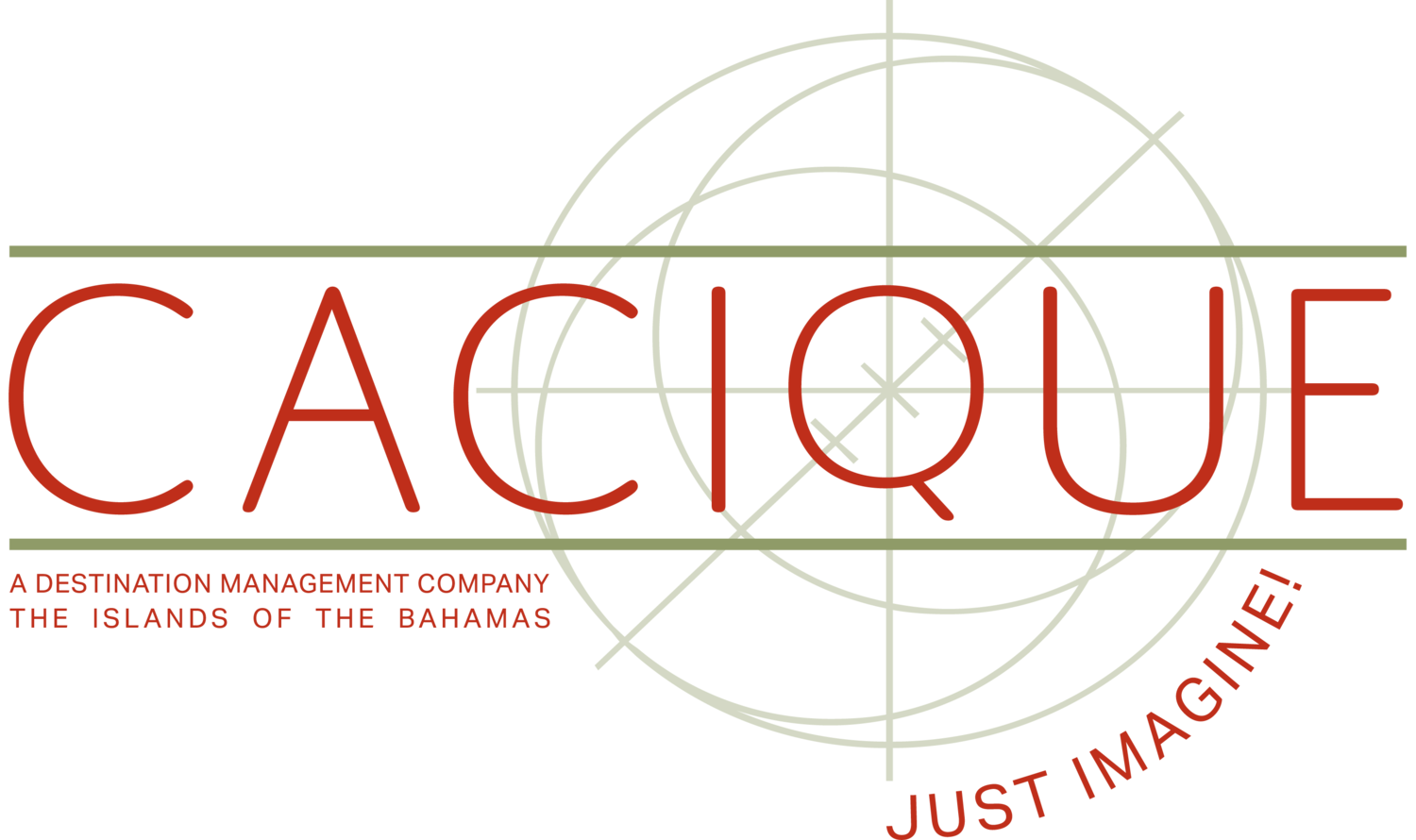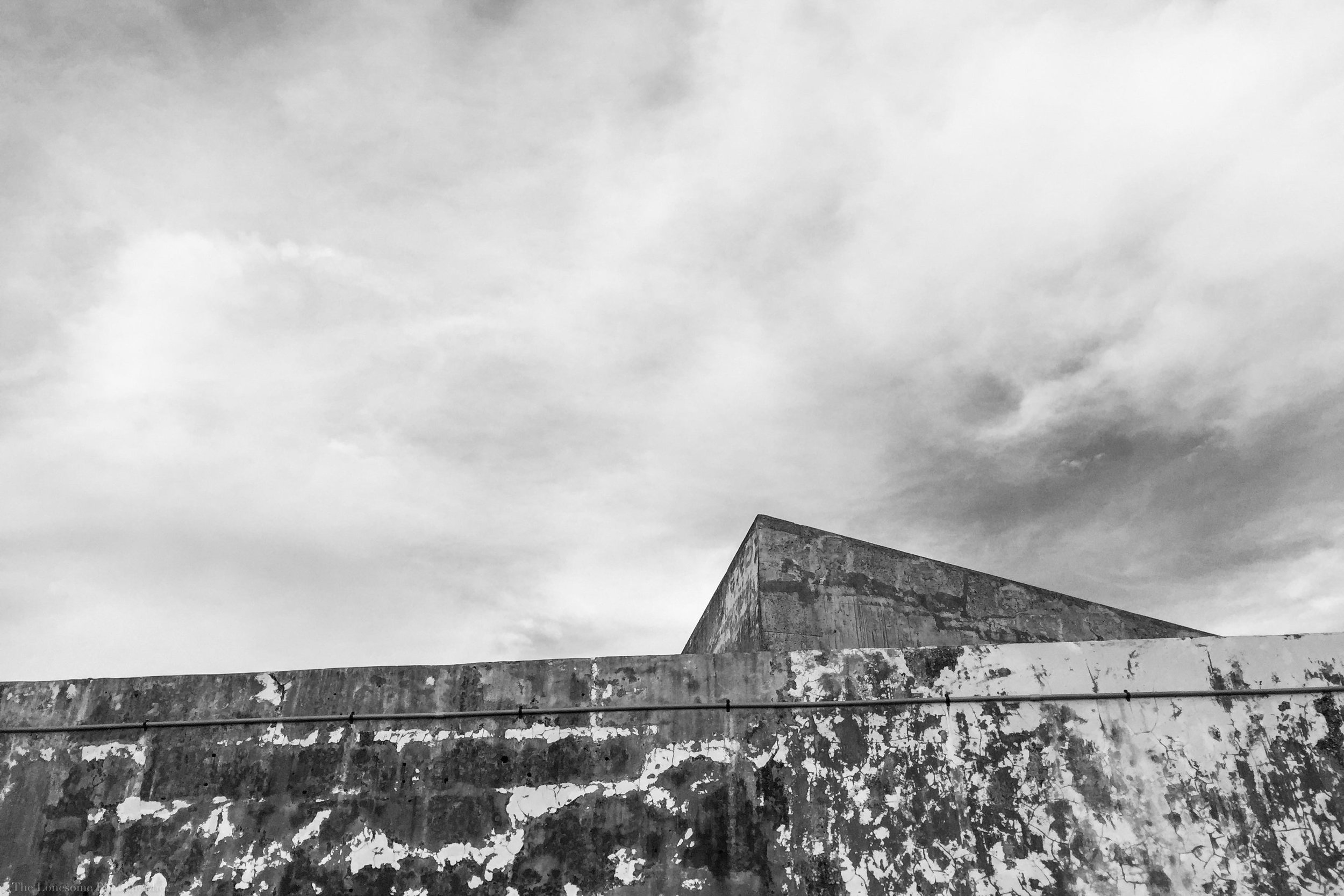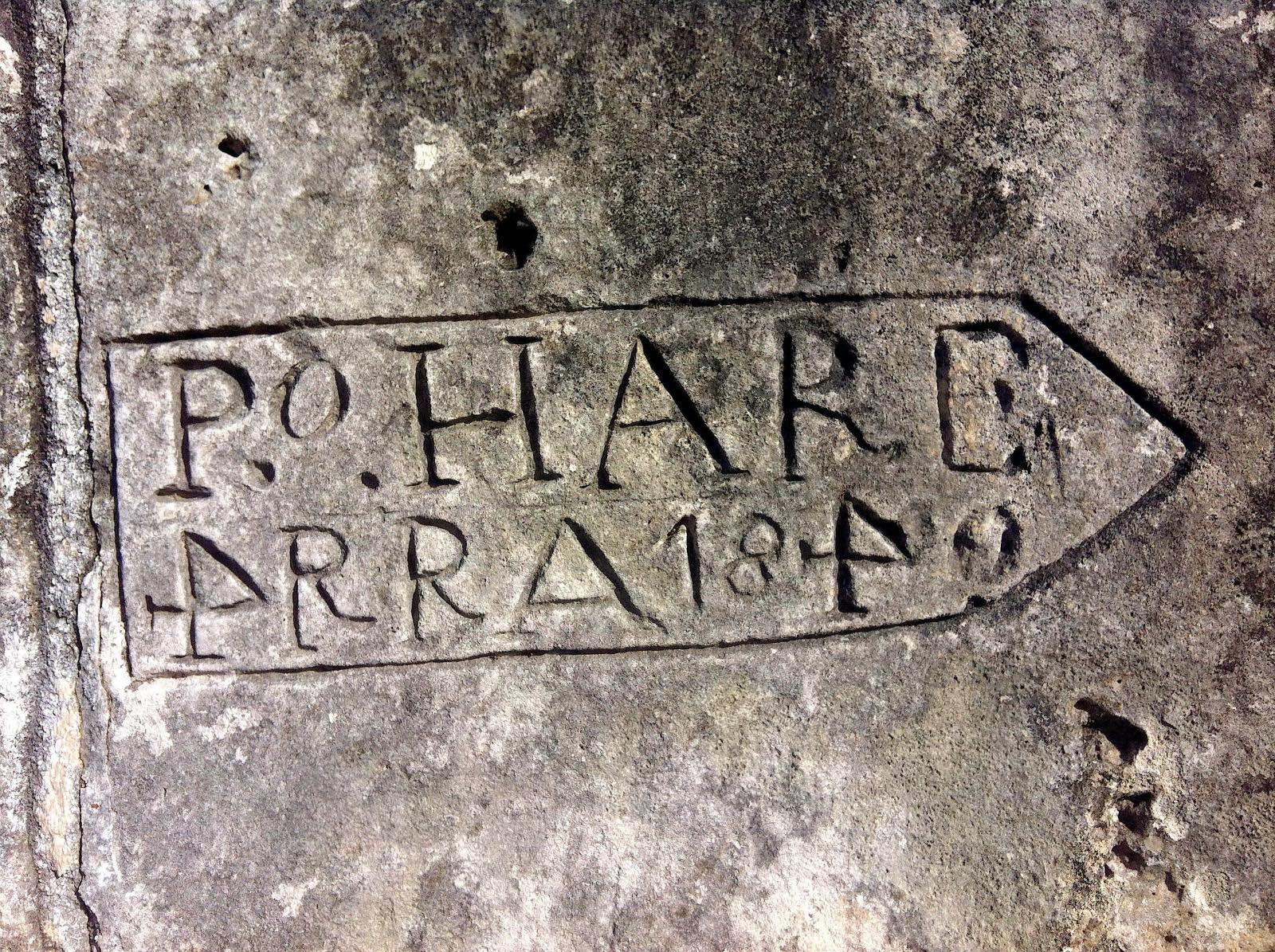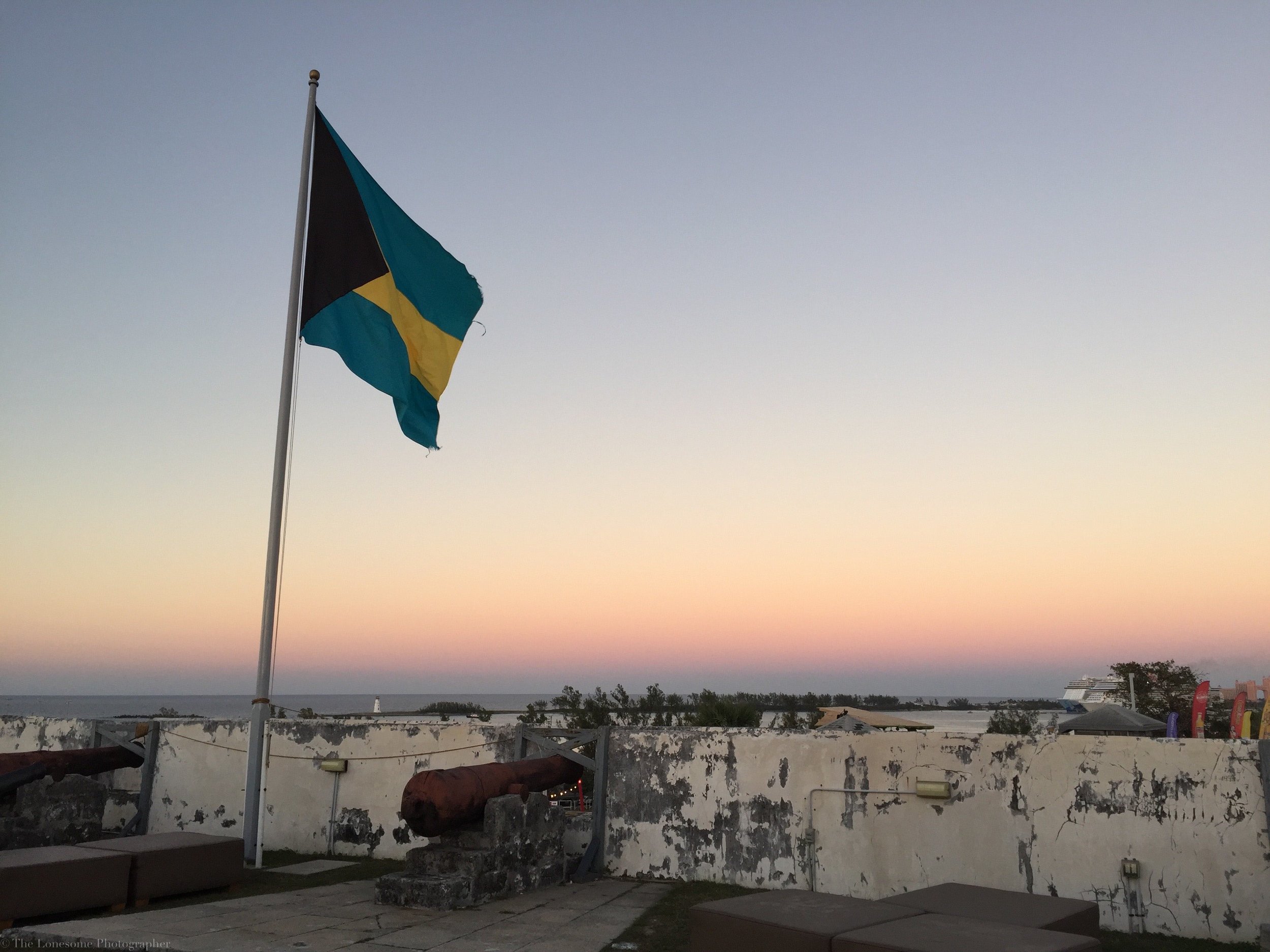Lord Dunmore & The Forts That Never Fired
Here at Cacique, we love to immerse clients in our rich Bahamian heritage - one that tells a colourful story of conquistadores, pirates and eccentric colonials. In this Discover Cacique episode, we tell the tale of Lord Dunmore, dubbed by historians as the most eccentric man in Bahamian history, who was to leave this island nation with a collection of forts that stand to this day as testament to one man's obsessive nature.
Eccentric Genius or Madman?
John Murray, 4th Earl of Dunmore (1730-1809) was a colonial governor in the American colonies and The Bahamas.
Serving as governor of The Bahamas from 1787 to 1796, John Murray, 4th Earl of Dunmore, soon got to work building a reputation as a man teetering on the thin line between genius and madman.
His paranoia of an invasion by European marauders was so great that he had three forts erected to protect the island. And while it is true that his somewhat quirky “forts that never fired” may have discouraged invaders, they also led to his recall back to London in 1796, perceived by Queen Charlotte as an over-extravagance.
Dunmore's Folly
Built between 1787 and 1790 to protect the western entrance to Nassau Harbour, Fort Charlotte was fort-fanatic Lord Dunmore’s first pet project. The fort is every boy's dream of what a fort should be, with a surrounding moat and wooden bridge, thick walls with holes for cannons and muskets, corridors, staircases and dungeons carved into the solid rock (Caribbean.com). Alas, poorly-designed and hugely over-budget, it would become known as "Dunmore's Folly," never seeing as much as a single canon ball fired in action. Today Fort Charlotte make for an intriguing excursion, with its sun-bleached ramparts providing some of the best views of the island.
Fort Charlotte, aka "Dunmore's Folly," led to Dunmore's recall back to London in 1796 by Queen Charlotte. Photography by Alessandro Sarno
The sun-bleached ramparts provide one of the best views of the island capital. Photography by Alessandro Sarno
What's in a Name?
Tradition holds that Fort Charlotte was named for the wife of England’s King George’s III - Queen Saharia Charlotte. However, it is is interesting to note that Dunmore’s own wife was also named Charlotte and hence, there is some debate among historians as to the reason behind the naming. Either way, the eccentric lord is unlikely to have found favor with either lady – to have an architectural folly named after one’s good self is simply embarrassing!
Fort Fincastle & The Queen's Staircase
Built in 1793 in the shape of a paddle-wheel steamer, (why? nobody knows), Fort Fincastle was named after his second title - Viscount Fincastle - with the aim of protecting the harbour against foreign invaders. The fort served as The Bahamas first lighthouse before one was built on Hog Island (now Paradise Island) in 1817.
Fort Fincastle, built in the shape of a paddle-wheel steamer. Why? Nobody knows. Photography by Alessandro Sarno
The fort served as the The Bahamas first lighthouse until the Hog island lighthouse was built in 1817. Photography by Alessandro Sarno
Probably the most visited historical site in The Bahamas, the Queen’s Staircase was designed as an easy escape route from the city of Nassau to the fort, atop Bennet's Hill. By order of Lord Dunmore, 66 steps were to be hand-carved out of the limestone rock by over 600 African slaves, many of whom perished in the grueling 16-year process. Ironically, the staircase never fulfilled its intended purpose as Fort Fincastle would never see any action, and in 1894 the Queen’s Staircase was named in honor of Queen Victoria for her role in abolishing slavery
The Queen's Staircase, designed as an easy escape from Nassau city to Fort Charlotte, was hand-carved out of limestone by African Slaves. Fort Montagu (far right) built in 1741 and the oldest of Nassau's strongholds, completes the series of Forts That Never Fired. Photography by Alessandro Sarno http://bahamiantales.com/
Discover Cacique
At Cacique, we love telling stories of our eclectic culture. Learn more about Nassau’s rich history with a tour of its renown landmarks and some of the secret gems that define this colorful city. Looking forward to showing you around SMS :)
Find out more at https://cacique-intl.squarespace.com/tours/












